What is the best way to make progress towards pharma’s net zero targets? “Get started,” says Chris Shanahan, VP Global Sustainability Supply Chain at Thermo Fisher Scientific.
“Starting can be intimidating and overwhelming. There’s a lot going on, and we don’t always have all the information. But if everyone gets started, we will eventually come together. Don’t put it off.”
Chris Shanahan leads Sustainability efforts for the Thermo Fisher supply chain, following a career in life science procurement at GSK (then Haleon), BD, before joining Thermo Fisher Scientific where he spent the last 17 years as a CPO.
“The way I think about my role is getting things done: executing and pulling through the commitments that companies make. That’s what we’re doing at Thermo Fisher.”
Listen to the full interview on the PharmaSource podcast:
Chris explains why he transitioned from a procurement lead to a sustainability lead. “It’s really about creating something for the future for my own children. Climate change and unusual weather events are here and when you think about the impact we can make on supply chains, we are in a position to influence this and make things happen.”
“Climate-related issues, water waste, human rights, or ensuring fairness for workers in the workplace, these are all topics that are rapidly changing and evolving. In the last 12-18 months, I have seen a lot of change in terms of what expectations are, regulation in Europe and the US, and investors are asking about what companies are doing across sustainability ESG.”
Ambition and Realism
While disruptive events like the COVID pandemic and global inflation may have changed the ability for companies to invest at a quicker rate, senior leadership at Thermo Fisher Scientific have ring-fenced their commitment to make sure that the investment is still there, says Chris.

Thermo Fisher Scientific’s net zero targets are broken down by scope and near and long-term targets
“Our ambition is net zero by 2050. My role is to say, how do we really make it happen? What are the things we must do?”
“Infrastructure needs to change, behavioural changes need to happen, you need to bring people along. It’s all about aspiration, and how quickly you can push, but also, what’s really logical and rational to get there. Some of this stuff takes time.”
Chris gives the example of sites, in countries and states where the grids and the infrastructure are not ready. “If we set a 2030 goal or 2040 goal, we know it’s not realistic because we’re dependent on so many other factors.”
“The investment cycle might get slightly delayed. Inflation is a pretty significant impact on costs, but it doesn’t take away from the actual commitments for 2030 or 2050.”
“It’s about balancing the portfolio as we go through this period. Most companies will go through this sort of pain and hurt and cycle. As you look over history, inflation happens but good times come back. It’s really about how do you flatline and balance that over periods and when you get the good times, you might need to accelerate the investment.”
Educating colleagues and the industry
Educating colleagues, peers and suppliers is critical if the industry will progress together, says Chris.
“Sustainability is something we all have to get educated on. It impacts everything – how we buy, where we place things. Education on the basics of scope one, scope two and scope three helps people to understand what sustainability really means and how to address the challenges.”

“It’s important to have the right type of data, to give us the right information to make the right decisions on how to reduce our footprint..”
“We’ve started doing supplier days with our supply base. This allows us to transmit education but also to see what help they need to get on this journey. It’s as important for us to help suppliers as much as them helping us.”
Renewable networks will guide future site placements
“We’ve got about 50 key sites that make up 80% of our overall emissions. We’ve done detailed planning on what we need to do with those sites to get to net zero, powered by renewables, and in the next couple of years, to get to 100%.
This will require additional infrastructure being put in place in Asia, which is currently the gap, says Chris.
“In the future, a country’s greenhouse gases as an input will determine where you actually put your network. I wouldn’t say we’re consciously doing that today but it will happen. It could change the dynamic of how you think about where you place your site, how you supply the market as you go forward.”


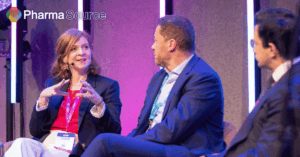
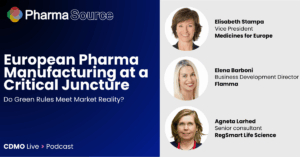
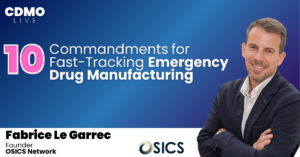

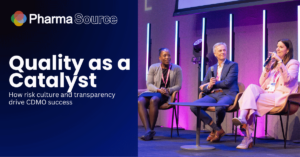

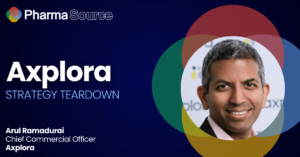


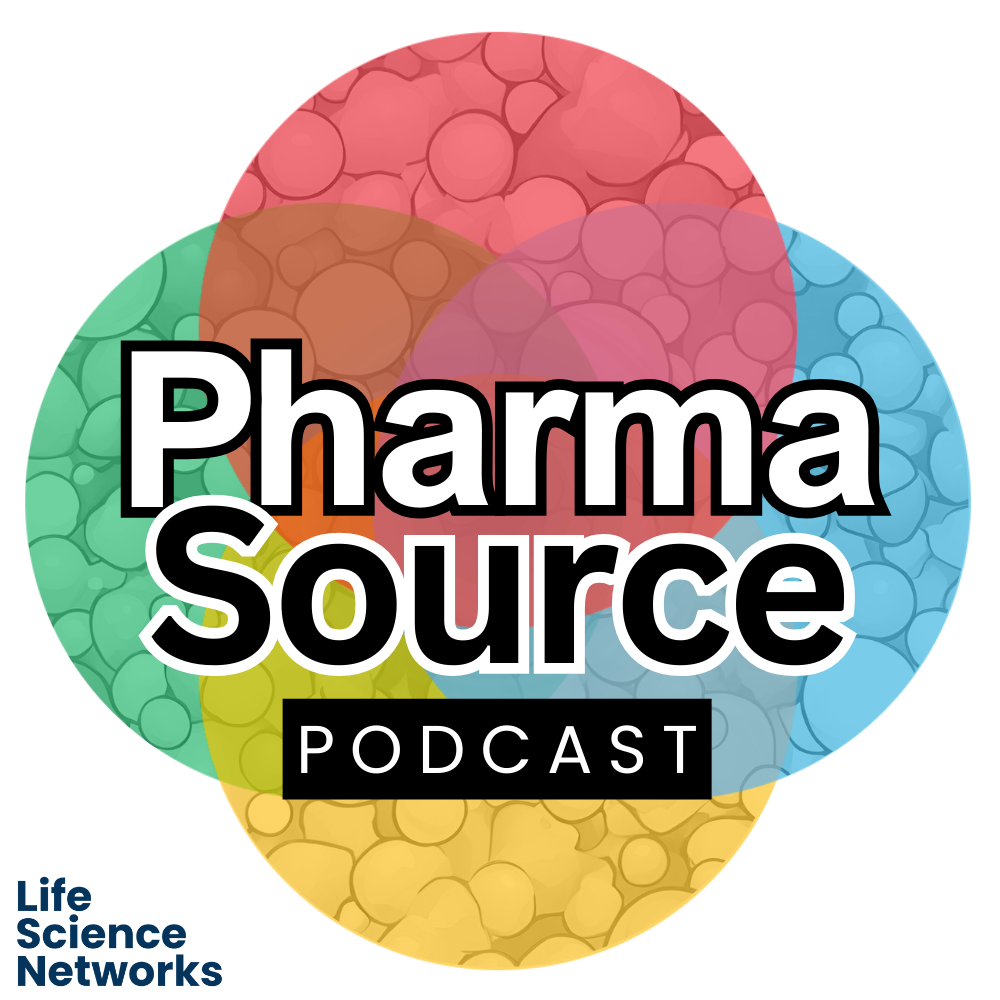
 Stay ahead of trends and best practices
Stay ahead of trends and best practices
